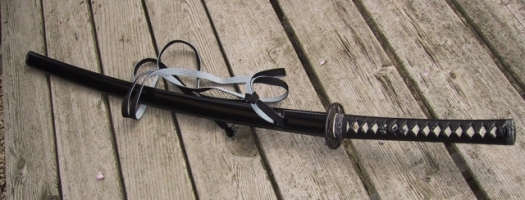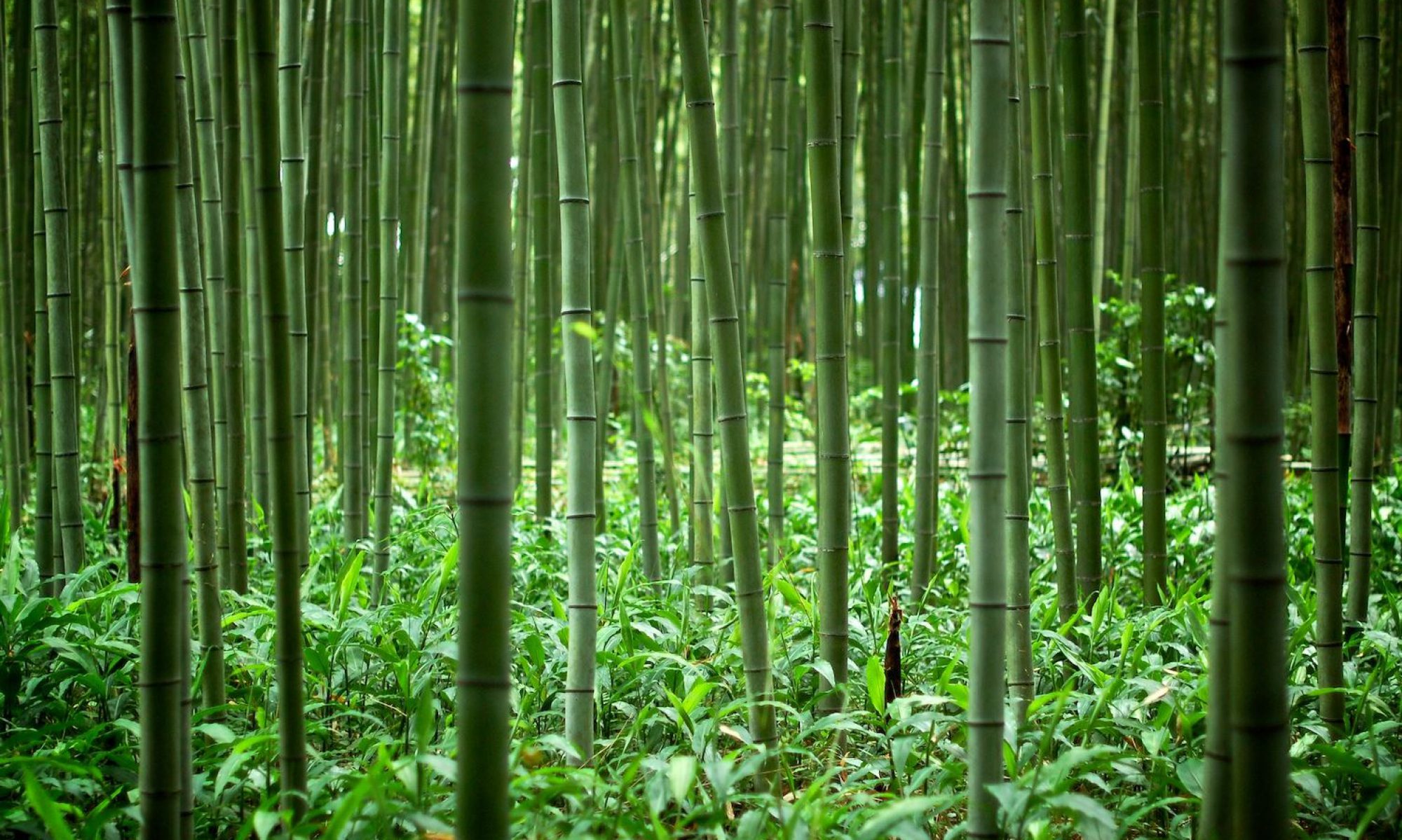This article was originally something I wrote for the Kendo-world forum back in 2007 when I got my katana. Digging through the archives, I thought it would be fun to post it here.
(May 2007) Last Monday, I had a chance to get to Seki, Gifu where my father-in-law and I met with Mr. Igarashi to pick up my new katana. It took about 6 months to make and was produced by a local Seki toshyo. We went to the Nosyudo shop, and spent some time looking at the inventory he had on hand. Things were pretty hectic as Mr. Igarashi was preparing for the Kyoto budo demonstration and taikai.
 |
| Mr. Igarashi |
On the second floor of his shop, he had a very nice selection of old and new blades, some affordable, and some very expensive, but of course all very nice.
As we had some tea, he brought up my custom ordered katana. I was a bit nervous – my hands actually started sweating as I drew it from the saya. Beautiful, very well-balanced, and all I had hoped for. My father-in-law who had helped order the sword for me also was a bit nervous as I passed it to him to inspect.
 |
| Go-mai-sa-za kamon on the habaki |
My wife’s family kamon is a 5 leaved bamboo leaf cluster called “go-mai-sa-za”. We used the same design to have a custom silver habaki made. I was very impressed with how everything turned out. Even the extra saya we had made was beautiful in a wine-red lacquer.
 |
| The first floor display of iaito at Nosyudo |
Mr. Igarashi was very nice, informative, and helpful despite the near-chaos of the 1st floor staff preparing, gathering, and loading all of their goods for the trip to Kyoto. He explained how to remove the tsuka, clean, and properly oil the katana. He also gave us a quick rundown on what to look for when appraising a katana and some of the easy pointers for deciding if the blade is a good one. Of course it takes years of practice to really know how to appraise a blade, but he gave us some quick, useful information anyway.
Then we went for a quick tour to the toshyo’s house and smithy. Unfortunately, he wasn’t there, but we were still able to see the place where he had actually forged my blade. I guess that smiths in Japan are only allowed to forge 24 blades a year. Tough way to make a living I think, but beautiful. My smithy was a 3rd generation smith in his family. On the tang the kanji reads, “Nosyujyukanemichi.”
After that, we went to the small katana and smithy museum in Seki for a quick tour, video explanation about the forging and making of a katana, and then looked at some of the katanas on display by Seki smiths. Beautiful! I was happy to see the smith that made my blade had a display as well.
 |
| Shaping the blade |
We hopped back to Mr. Igarashi’s shop, for a quick tour of where they make and assemble their iaito and katanas. Iaito blades are made somewhere else, and then brought to the shop as rough “blanks.”
They are polished using a wheel by one of the staff there as seen in the photo above.
They also hand-make the tsuka in-house as seen in the photo below.
 |
| Making tsuka |
The saya, habaki, and tsubas come from other specialists all to be assembled in-house by Mr. Igarashi’s staff. It was all very impressive even though it was in a very small space.
I and my father-in-law had a great time and Mr. Igarashi went out of his way – especially for being so very busy- to make us feel welcome and to present me with my new katana.
It swings beautifully, and I can’t wait to start practicing for real with it!
Here are some photos of the katana.

Above you can see with the very nice black saya, silk sageo. Note the curvature of the blade and tsuka – it’s beautiful!

In the photo above, you can see the menuki, tsuba, and fuchigane are all bamboo themed. This is to match the habaki kamon of the “go-mai-sa-za.”
More bamboo.


Here’s a quick look at the hamon. It’s much more defined, but the lighting and reflection make it difficult to see.

And the kissaki. Razor sharp by the way!
As a follow-up note: I was able to go back later and meet the smith, Mr. Kanemichi and his apprentice at his smithery. He was a very nice gentleman, and I enjoyed meeting him. My father-in-law later commissioned him make a new tanto (to be used for family events – weddings and funerals) as well. He showed us literally, a “wall” of charcoal that he uses to make a single katana. I was amazed at how much it takes! His forge had all of the traditional forging tools, as well as a hydraulic hammer to speed the process when needed. His apprentice was actually working on a blade as we met.
Several of my students have also purchased their iaito from Nosyudo, and I must say, they are quite beautiful. The craftsmanship, quality, and balance are exceptional.
I can’t recommend Mr. Igarashi and Nosyudo enough. First class all the way.


